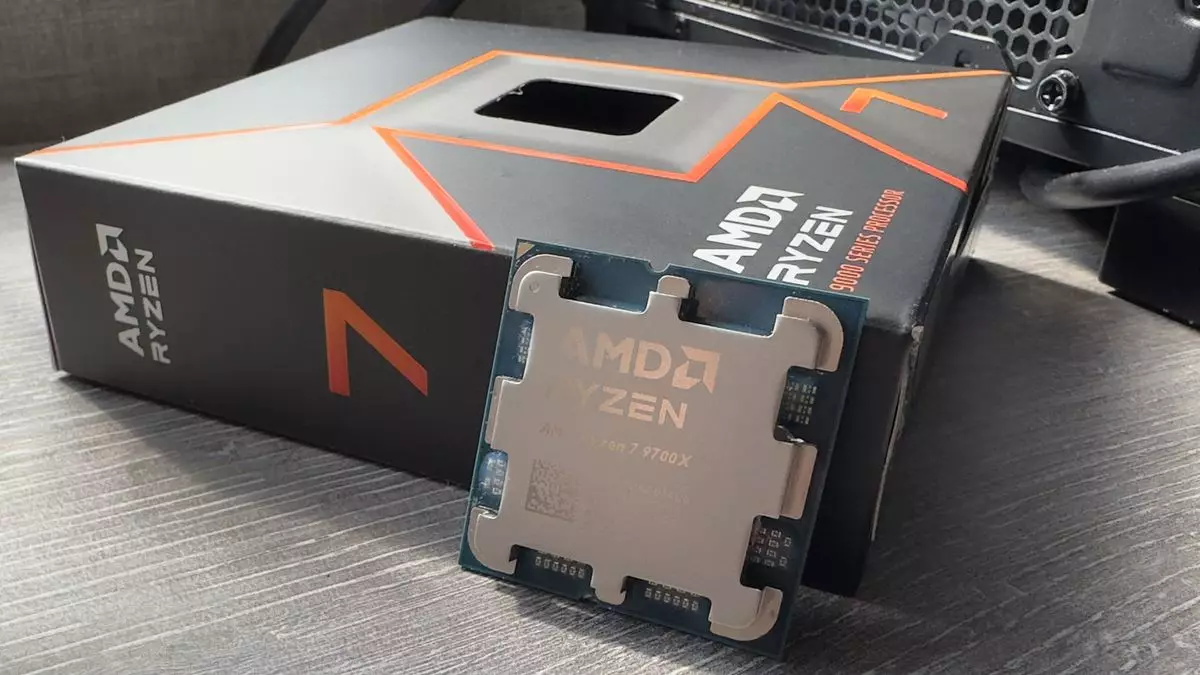The transition of semiconductor manufacturing from overseas to domestic facilities has been a topic of considerable discussion in recent years, particularly concerning tech giants like AMD (Advanced Micro Devices) and TSMC (Taiwan Semiconductor Manufacturing Company). As of recent reports, AMD appears to be expanding its production footprint by utilizing TSMC’s newly established fabrication facility in Arizona for its Ryzen 9000-series CPUs. This move not only reflects AMD’s strategic response to global market dynamics but also underscores critical technological and economic implications.
AMD has long relied on TSMC for its manufacturing needs, especially for high-performance processors. This partnership has allowed AMD to leverage TSMC’s advanced semiconductor technology, particularly the 4nm node used in the Ryzen 9000 series. As Tim Cuplan reports from Taiwan, this new phase involves transferring some CPU production to Arizona, which serves as an early indicator of TSMC’s capability to produce cutting-edge technology on American soil. The push to create chips domestically is laden with potential benefits, such as bolstering local employment and reducing reliance on international supply chains that have proven to be fragile, particularly during global disruptions.
While establishing a semiconductor manufacturing base in the U.S. carries numerous benefits, the costs associated with domestic production present a challenge. TSMC has openly acknowledged that manufacturing within the U.S. is significantly more expensive compared to operations in Taiwan. This economic reality raises questions about who will ultimately bear the higher costs—AMD or the end consumers. Furthermore, TSMC has indicated it plans to increase the prices of U.S.-made chips, raising concerns about how this may affect competitive pricing in the global market. Would AMD be able to maintain its edge without passing additional costs onto consumers, or will it need to adjust its pricing strategies?
AMD has strategically adopted a chiplet design for its processors, a structure that provides flexibility and efficiency. In the case of the Ryzen 9000 series, while the CPU dies are set to be manufactured in Arizona, the accompanying I/O die remains produced in Taiwan. This nuanced architecture complicates the narrative of “American-made” products, suggesting that even with Ryzen CPU cores manufactured domestically, the overall product may still rely heavily on components produced abroad.
Moreover, this raises an intriguing point of discussion regarding the concept of a fully domestically produced semiconductor. The amalgamation of components from different regions challenges the traditional understanding of product origin in an increasingly globalized economy. As chip production relies heavily on a network of global suppliers, the classification of a product as ‘American-made’ becomes more multifaceted.
TSMC is not merely investing in the Arizona facility for short-term gains; it has ambitions for the future of semiconductor manufacturing in the U.S. The company is building multiple fabs, with plans extending beyond the current 4nm technology to even more advanced nodes like 3nm and 2nm. However, these innovations will roll out on a timeline that may not align with immediate market needs, as some of the latest technology will still be localized in Taiwan initially.
This strategic foresight to gradually introduce advanced nodes raises a key consideration: will the U.S.-made chips lag significantly behind their Taiwanese counterparts? Historically, companies like AMD have opted for slightly older nodes to balance performance and cost. Competing in a fast-paced tech industry may necessitate a reevaluation of this strategy, especially as global players like Intel and Nvidia are also clamoring for access to cutting-edge manufacturing capabilities.
As AMD continues to pivot its production strategies, the implications of this shift cannot be overstated. This movement represents a significant milestone in the broader agenda to solidify semiconductor manufacturing within the U.S., suggesting a critical infrastructure evolution that could reshape the landscape of the technology sector. However, AMD’s choices reveal the complexities of semiconductor production, including balancing costs, leveraging global supply chains, and keeping pace with rapid technological advancements.
In five years, it will be fascinating to examine the fruits of these decisions. Will consumers benefit from lower tariffs and a more stable supply of high-performance chips, or will higher manufacturing costs lead to higher retail prices? One thing is certain—AMD’s venture into U.S. fabrication is more than just a manufacturing decision; it’s a strategic pivot that could redefine relationships within the tech industry.


Leave a Reply